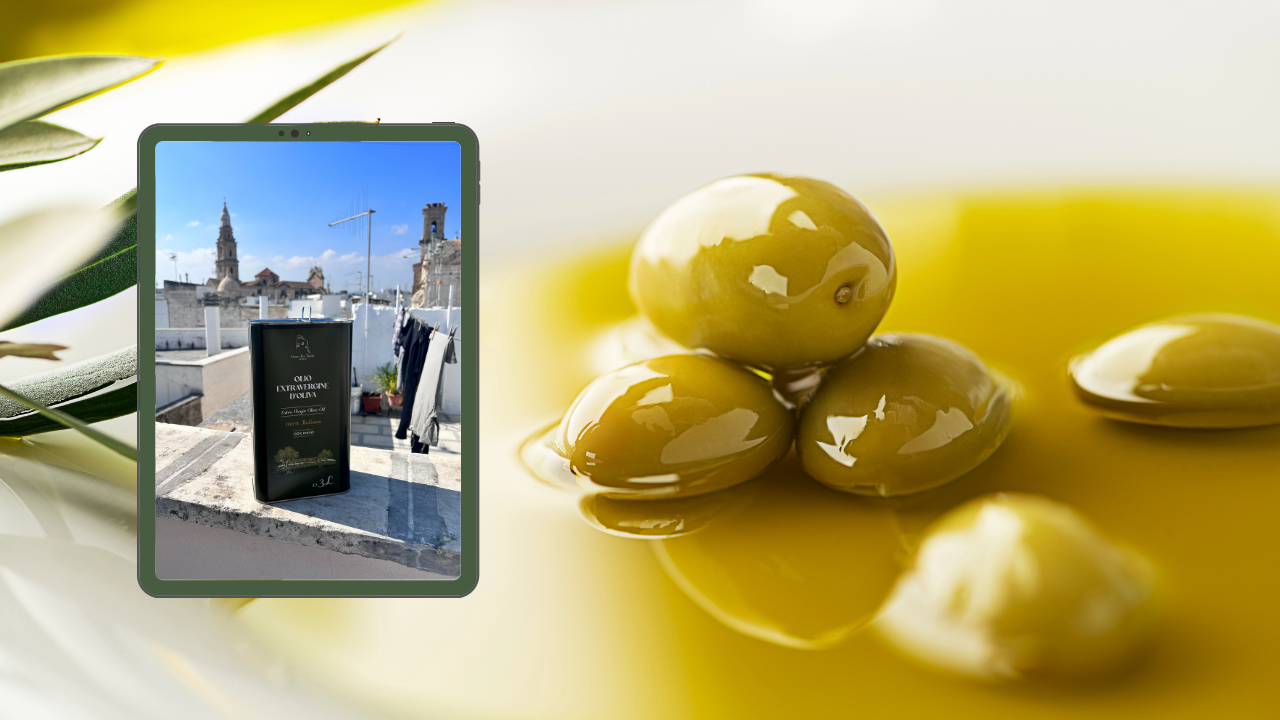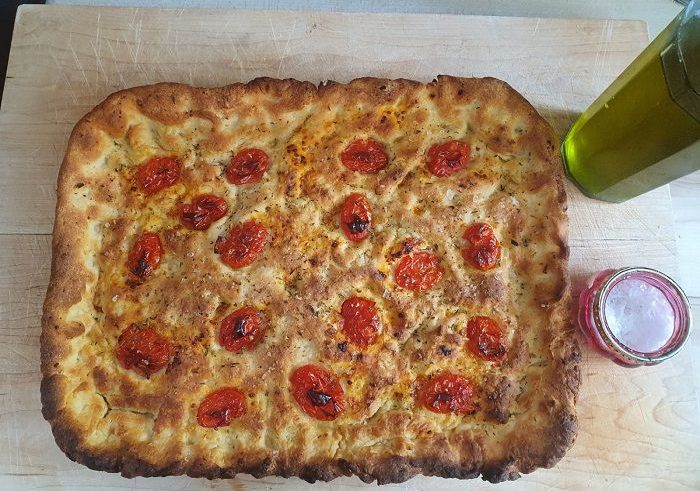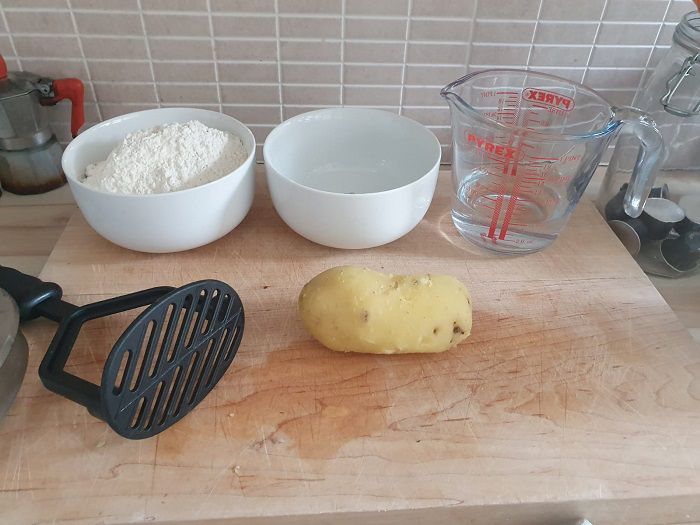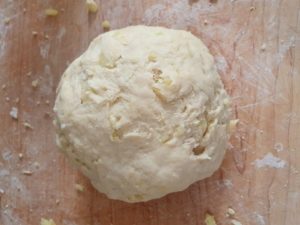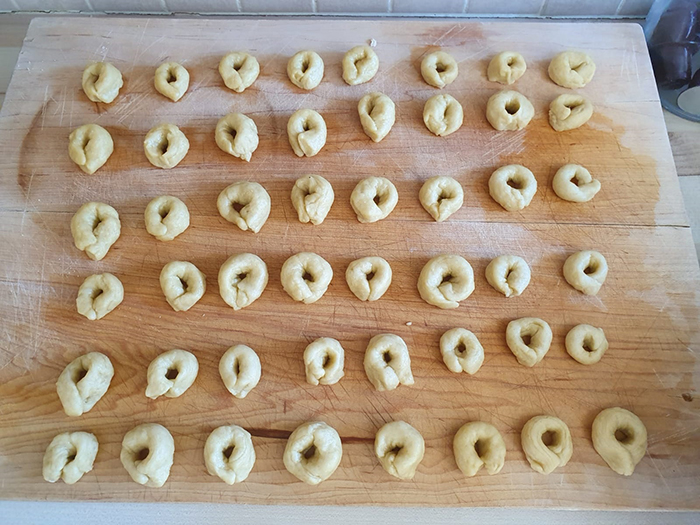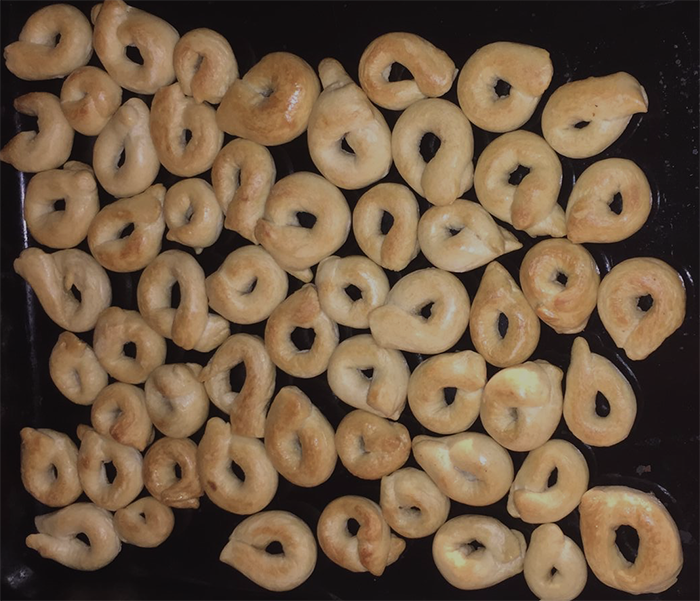A Versatile Ingredient that Elevates Culinary Creations and Promotes Overall Well-being Olive oil, a cornerstone of Mediterranean cuisine, has long been revered for its health-promoting properties and culinary versatility.
However, recent years have witnessed a dramatic surge in olive oil prices, shaking the industry to its core. This price hike, reaching as high as 115% in some instances, stems from a confluence of factors, including reduced olive groves due to climate change and surging global demand for olive oil products.
The Price Hike: A Cause for Alarm
The staggering rise in olive oil prices has sent shockwaves through the industry, raising concerns among consumers and producers alike. A recent BBC Travel article highlights the gravity of the situation, citing instances where olive oil prices have doubled or even tripled. This price escalation is attributed to a combination of factors, including a decline in olive groves due to climate change, the increasing popularity of olive oil as a health food, and the widespread adulteration of olive oil products.
Protecting Consumers: The Importance of Reputable Suppliers
Given the volatile pricing environment and the prevalence of adulterated olive oil, it’s crucial for consumers to exercise caution when making their purchases. A Guardian report exposes the alarming discovery of over 5,000 liters of adulterated olive oil in Spain and Italy. This highlights the need to rely on trustworthy suppliers like Casa La Torre, which partners with local cooperatives to guarantee their olive oil is 100% Italian.
Extra Virgin Olive Oil: A Symphony of Benefits
Despite the price fluctuations, extra virgin olive oil (EVOO) remains a treasure trove of health benefits. A Health.com article outlines the numerous advantages of consuming EVOO, including its ability to reduce the risk of heart disease, stroke, and cancer. It’s also an excellent source of vitamin E and polyphenols, powerful antioxidants that safeguard cells from oxidative damage.
EVOO’s Culinary Versatility Unveiled
EVOO’s versatility extends far beyond its health benefits. From salads and marinades to stir-fries and baked goods, EVOO infuses its rich flavor and nutritional value into a wide array of culinary creations. Its high smoke point (350-410°F) makes it suitable for moderate-heat cooking without compromising its nutritional profile.
Extra virgin olive oil stands as a beacon of health and culinary versatility. However, the recent price surge and the prevalence of adulterated products demand careful consideration when making purchasing decisions. By entrusting reputable suppliers like Casa La Torre, you can ensure that you’re investing in authentic, high-quality EVOO that will enhance your culinary creations and contribute to your overall well-being.

